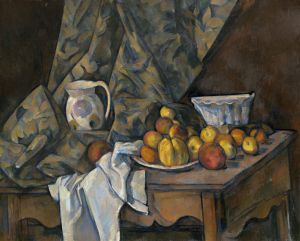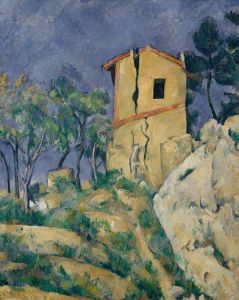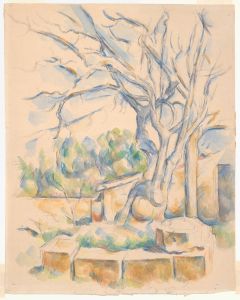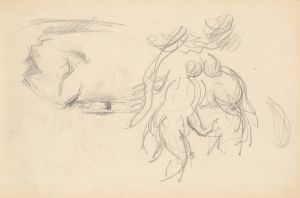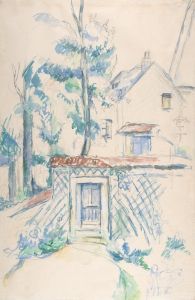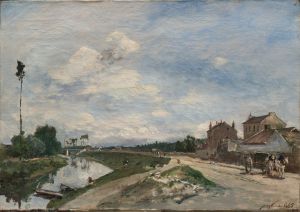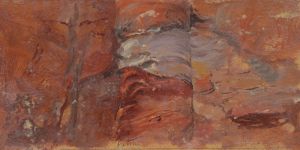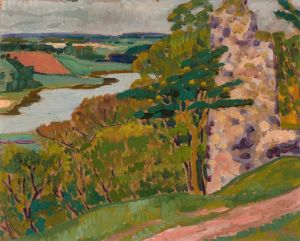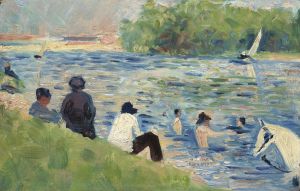
La Côte Du Jallais À Pontoise
A hand-painted replica of Paul Cézanne’s masterpiece La Côte Du Jallais À Pontoise, meticulously crafted by professional artists to capture the true essence of the original. Each piece is created with museum-quality canvas and rare mineral pigments, carefully painted by experienced artists with delicate brushstrokes and rich, layered colors to perfectly recreate the texture of the original artwork. Unlike machine-printed reproductions, this hand-painted version brings the painting to life, infused with the artist’s emotions and skill in every stroke. Whether for personal collection or home decoration, it instantly elevates the artistic atmosphere of any space.
Paul Cézanne's painting "La Côte Du Jallais À Pontoise" is a notable work that exemplifies the artist's innovative approach to landscape painting during the late 19th century. Cézanne, a French Post-Impressionist painter, is renowned for his unique method of building form with color and his analytical approach to nature, which laid the groundwork for the transition from 19th-century artistic concepts to a radically different world of art in the 20th century.
"La Côte Du Jallais À Pontoise" was created during a period when Cézanne was deeply influenced by the Impressionist movement, yet he was beginning to develop his distinctive style that would later influence Cubism and modern art. The painting depicts a rural landscape in Pontoise, a commune in the northwestern suburbs of Paris, where Cézanne spent some time working alongside Camille Pissarro, a leading figure in the Impressionist movement. Pissarro's influence is evident in Cézanne's exploration of light and color, yet Cézanne's work diverges in its structural composition and use of geometric forms.
The painting captures the essence of the French countryside with its rolling hills and lush greenery. Cézanne's brushwork is characterized by short, hatched strokes that build up to form complex fields of color. This technique contributes to the sense of depth and volume in the landscape, a hallmark of Cézanne's style. Unlike the fleeting effects of light that fascinated the Impressionists, Cézanne was more concerned with the underlying structure of the scene. His approach to capturing the landscape was methodical, focusing on the shapes and forms that constitute the natural world.
Cézanne's palette in "La Côte Du Jallais À Pontoise" is rich and varied, featuring a harmonious blend of greens, blues, and earth tones. This choice of color not only reflects the natural environment but also serves to convey the artist's emotional response to the landscape. The painting's composition is carefully balanced, with the arrangement of elements guiding the viewer's eye through the scene. Cézanne's use of perspective is subtle yet effective, creating a sense of space that invites the viewer into the landscape.
This work is significant in Cézanne's oeuvre as it marks a period of transition and experimentation. While he was still influenced by the Impressionists, Cézanne was beginning to break away from their conventions, seeking a more solid and enduring representation of nature. His focus on form and structure over transient effects of light set him apart from his contemporaries and paved the way for future developments in art.
"La Côte Du Jallais À Pontoise" is housed in a private collection, and as such, it is not as widely accessible as some of Cézanne's other works. However, it remains an important piece for understanding the evolution of his artistic style and his contribution to the development of modern art. Cézanne's work, including this painting, continues to be studied and admired for its innovative approach and profound impact on the art world.





